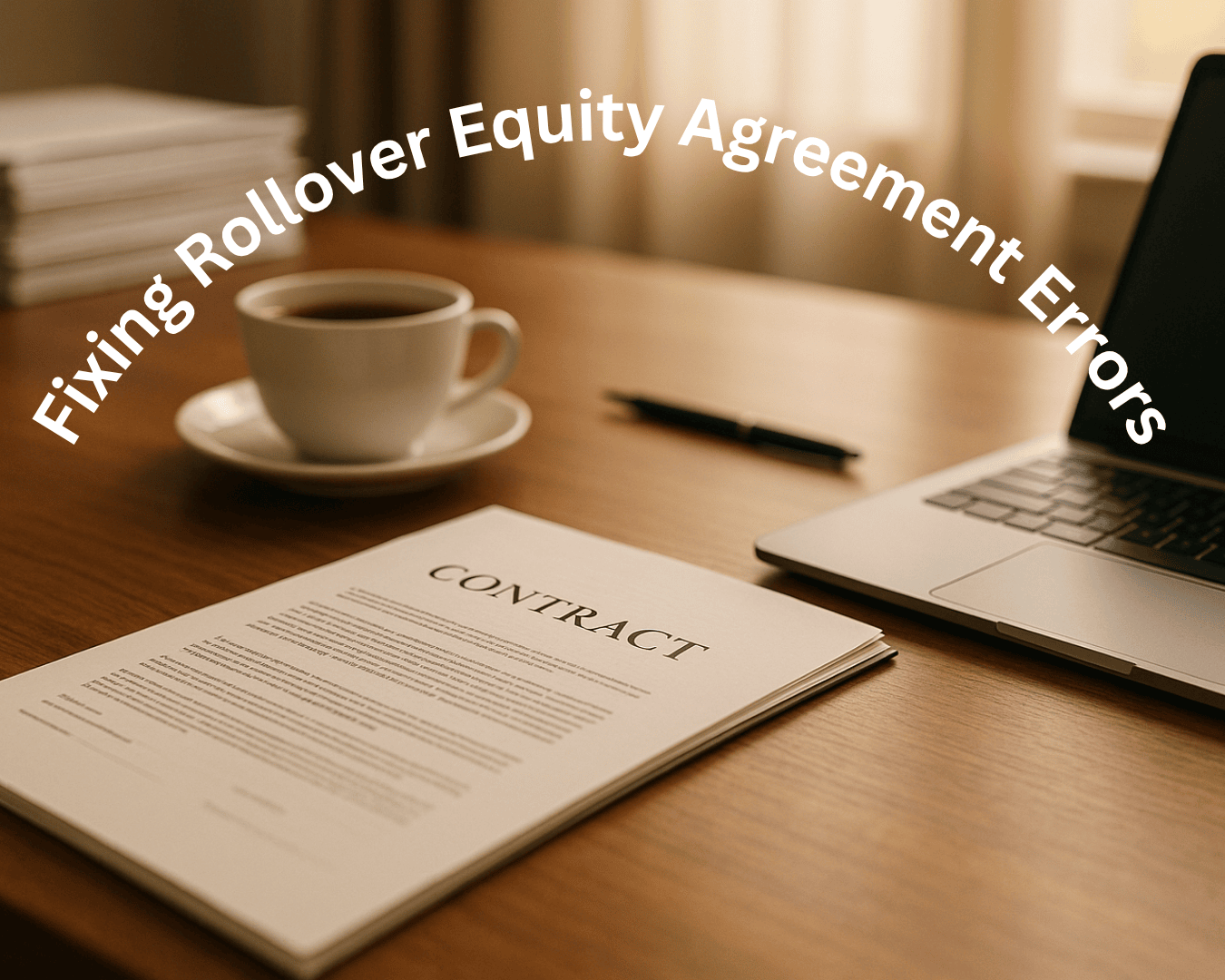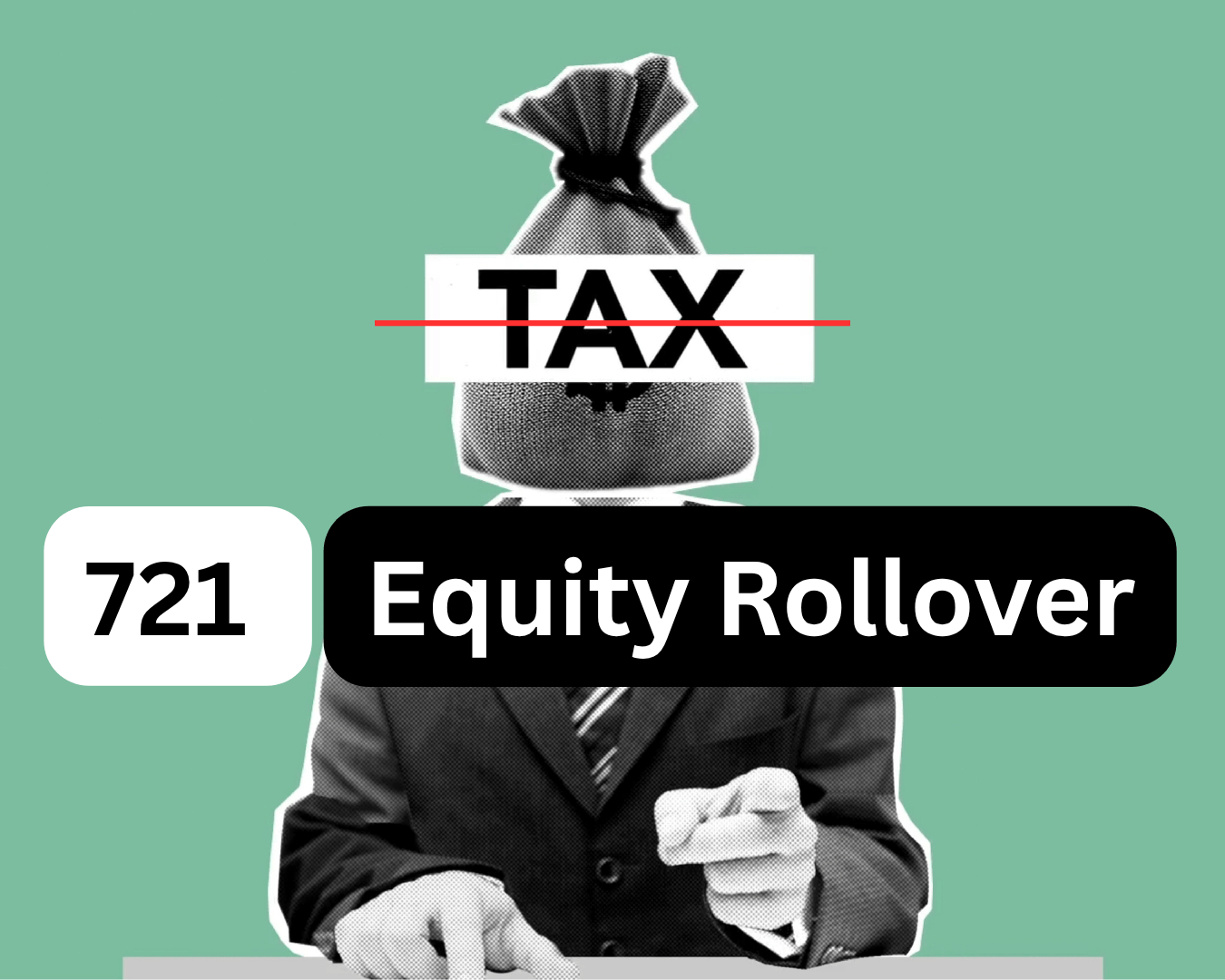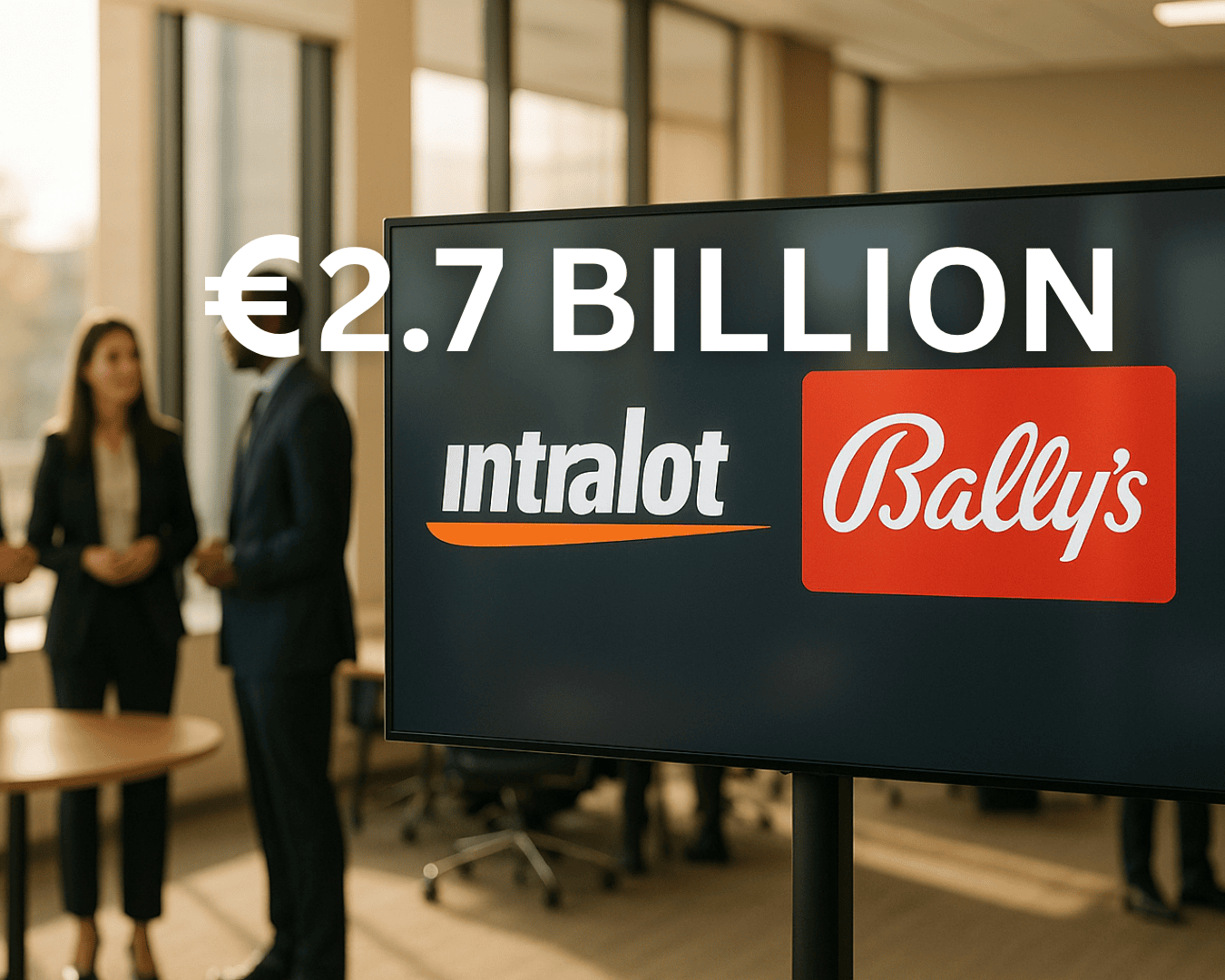In recent years, the Federal Reserve's monetary policy maneuvers have been under intense scrutiny, particularly regarding their attempt to navigate the economy towards a "soft landing" amid rising interest rates. This delicate balancing act involves tightening monetary policy enough to curb inflation without triggering a recession—a feat easier said than done, especially when examined through the lens of historical precedents.
The Fed's Stance and Interest Rate Increases: A Closer Look for Business Owners
For business owners contemplating selling, the Federal Reserve's monetary policy stance is more than just financial news—it's a critical factor that could significantly impact the timing and outcome of their sale. The Fed's current trajectory of incrementally increasing interest rates to manage inflation is a double-edged sword. While intended to stabilize the economy, it inadvertently raises borrowing costs, thereby influencing business operational costs and ultimately affecting business valuations.
Understanding the Impact on Business Valuations
As interest rates climb, so do the costs associated with financing business acquisitions. This reality can lead to a cooling effect on the market, as potential buyers become more cautious, and financing becomes less accessible or more expensive. For a business owner looking to sell, this means the pool of buyers who can meet your valuation expectations may shrink, as the cost of capital eats into the return on investment they can expect from their purchase.
Moreover, the impact of higher interest rates extends beyond just the immediate financials. It also affects the perceived growth potential of businesses. Prospective buyers may be more conservative in their growth projections, knowing that the cost of borrowing for expansion or operational needs will be higher. This conservatism is likely to be reflected in their valuation assessments, potentially leading to offers that fall short of sellers' expectations.
The Illusion of Waiting for Lower Rates
Holding out for a decrease in interest rates might seem like a prudent strategy at first glance. After all, wouldn't it be better to sell when financing is cheaper, and more buyers are in the market? However, this line of thinking assumes that the current high-rate environment is a temporary anomaly. The reality, as underscored by the historical perspective of rate increases under Fed Chairmen like Alan Greenspan and the more recent unprecedented hikes, suggests that we may be in for a prolonged period of elevated rates.
The increase from 2020 to the present marks a significant shift in the Federal Reserve's approach to managing inflation and economic growth. This isn't merely a fluctuation; it's a fundamental change in the economic backdrop that business sales must navigate. Waiting for rates to drop to previous lows might not only be futile but could also result in missed opportunities as the market adjusts to the new normal.
Strategic Considerations for Sellers
Business owners considering a sale in this environment must adapt their strategies to the realities of the market. This might mean:
- Reevaluating Valuation Expectations: Understand that the market conditions have changed and adjust your expectations accordingly. This doesn't mean undervaluing your business, but rather being realistic about what the market can bear.
- Exploring Creative Financing Solutions: To make your business more attractive to potential buyers, consider offering seller financing or other creative deal structures that can help mitigate the impact of higher borrowing costs.
- Highlighting Resilience and Growth Potential: In your business presentation and discussions with potential buyers, emphasize aspects of your business that are resilient to economic fluctuations or can thrive even in a higher interest rate environment.
Historical Context and the Unpredictable Problem: A Deeper Dive
The narrative of financial crises throughout modern history is a complex tapestry, woven with the threads of economic boom periods, market euphoria, and the inevitable corrections that follow. While each crisis carries its own set of circumstances and triggers, they collectively underline the cyclical nature of financial markets and the perennial challenge of achieving a stable economic equilibrium.
The Stock Market Crash of 1929: Often seen as the precursor to the Great Depression, the crash of 1929 was a stark reminder of the dangers of market speculation and leveraged investments. The roaring twenties were characterized by unprecedented stock market growth, driven by speculative investments and a widespread belief in perpetual economic prosperity. When the bubble burst, it led to a catastrophic decline in consumer spending and investment, highlighting the fragility of unregulated market speculation.
The Savings and Loan Crisis of 1987: This crisis was rooted in the deregulation of the savings and loan (S&L) industry, allowing these institutions to engage in risky investment activities with inadequate oversight. Coupled with an unstable interest rate environment, these practices led to the insolvency of numerous S&Ls, resulting in a significant taxpayer-funded bailout. The episode underscored the consequences of deregulation without adequate safeguards and the systemic risks posed by high interest rates.
The Dot-com Bubble Burst of 2000: The late 1990s saw a surge in investment in internet-based companies, fueled by speculative fervor and an abundance of venture capital. The bubble's burst was a rude awakening to the realities of business fundamentals, as many dot-com companies failed, leading to significant financial losses for investors. This crisis highlighted the dangers of speculative excess and the importance of sustainable business models.
The Subprime Mortgage Crisis of 2008: Rooted in the proliferation of subprime mortgage lending and complex financial instruments that obscured risk, the 2008 crisis had devastating effects on the global economy. It exposed the hazards of excessive leverage and the systemic risk posed by interconnected financial markets. The crisis prompted a reevaluation of regulatory frameworks and the role of government in overseeing financial markets.
The Anticipated Crisis of 2025: While the specifics are yet to unfold, Fed Chair Jerome Powell's comments suggest a scenario where the lessons of the past—particularly those related to cheap money and overleveraged banks—may not have been fully heeded. The potential for a new crisis, in this context, emphasizes the enduring challenge of balancing economic growth with financial stability. It underscores the need for vigilant regulatory oversight and the dangers of complacency in periods of economic expansion.
The Unpredictable Problem: The recurrent theme across these crises is the unpredictable nature of financial markets and the difficulty of managing economic stability in the face of speculative excesses, regulatory gaps, and the unintended consequences of monetary policy. The quest for a soft landing—slowing the economy just enough to curb inflation without triggering a recession—is akin to walking a tightrope. Historical precedents show that while the triggers and manifestations of financial crises may vary, the underlying dynamics of speculation, oversight, and cheap money play a recurring role in shaping economic outcomes.
For policymakers, regulators, and market participants, the lessons of history offer valuable insights into the complexities of managing economic cycles. They highlight the importance of vigilance, prudence, and a willingness to learn from the past to navigate the uncertain waters of the future.
Implications for Sellers and Investors: A Closer Look at Small Business Valuations
In the tapestry of economic indicators influencing small business valuations, interest rates hold a particularly prominent thread. The relationship is straightforward yet profound: as interest rates rise, the cost of financing escalates, which can dampen the appeal of investing in or acquiring businesses. This dynamic is critical for sellers in today's environment, where the Federal Reserve's rate hikes have shifted the ground underfoot.
The CPA Conundrum
Venturing into the world of business valuations, one often encounters the steadfast opinions of CPAs. While their expertise in accounting is indisputable, their experience in the trenches of buying, selling, or financing businesses can be less assured. It's a playful poke, but a poignant one—despite the meticulous calculations and projections, a CPA's assessment of a business's worth might not always align with the market reality, especially in a high interest rate climate.
Imagine your CPA, with the best of intentions, valuing your business based on historical performance and current financials, all the while the looming specter of rising interest rates casts a long shadow over potential buyers' willingness to pay. In such scenarios, the reality check often comes not from the ledgers and balance sheets but from the market itself. "Your business is worth what someone is willing to pay for it," says the market, winking at the theoretical valuations that don't account for the cost of capital today.
The Reality of Valuations in a High Rate Environment
The hard truth is that, no matter how much you or your CPA believe your business is worth, its market value is intrinsically tied to the prevailing economic conditions, especially interest rates. Higher rates can constrict borrowing, dissuade investment, and ultimately lower business valuations. This is not to discredit the expertise of CPAs but to highlight a gap that often exists between financial projections and market realities.
For sellers, this means that waiting for a more favorable interest rate environment—a lower one, in this case—may be a waiting game with no end in sight. The current trajectory of the Federal Reserve suggests that high rates are here to stay, at least for the foreseeable future. Holding out for a rate decrease could mean missing out on potential buyers who are navigating the same economic landscape but are ready to make a move now.
Navigating the New Normal
The key for sellers and investors, then, is to recalibrate their expectations and strategies to align with the higher interest rate environment. This doesn't mean fire-selling your prized business out of fear but understanding that the valuation might need to adjust to reflect the new economic realities.
Flexibility, realistic expectations, and a willingness to negotiate can make the difference between a business that sells and one that languishes on the market. It might also mean exploring alternative financing arrangements or creative deal structuring to make the transaction more appealing to buyers who are facing higher borrowing costs.
Don't Hold Your Breath
In navigating the tumultuous waters of today’s economic environment, business owners, investors, and policymakers must heed the lessons etched in the annals of financial history. The Federal Reserve’s ongoing battle with inflation, marked by a significant uptick in interest rates, casts a long shadow over the landscape of business valuations and the broader economy. This scenario, while unique in its context, echoes the cyclical nature of financial markets and the perennial quest for economic stability amidst speculative fervor and regulatory challenges.
For business owners contemplating the sale of their enterprises, this moment in time is a clarion call to adapt and recalibrate. The allure of awaiting a return to the low-rate environment of the past must be weighed against the stark reality of today’s financial climate. The historical precedence of rate hikes, from the era of Greenspan to the present day, underscores a seismic shift in monetary policy—a shift unlikely to reverse in the near future. As such, the valuation of your business, in the eyes of potential buyers, will be inherently tied to the prevailing rate environment, impacting not just the immediate transaction but the future trajectory of the enterprise under new ownership.
The intersection of rising interest rates and business valuations presents a complex puzzle. The narrative, woven through past financial crises, serves as a potent reminder of the unpredictability inherent in economic cycles. Yet, within this uncertainty lies opportunity—opportunity for sellers to approach the market with pragmatism, leveraging creative financing solutions and highlighting the intrinsic value and resilience of their businesses.
As we stand at this crossroads, it’s imperative to move beyond the calculative projections of valuations and embrace a market-driven perspective. The worth of a business, in the end, is not solely a number on a balance sheet but a reflection of its ability to adapt, innovate, and thrive in an ever-changing economic landscape. This understanding, coupled with a strategic approach to selling in a high-rate environment, can empower business owners to navigate the challenges ahead with confidence.
In conclusion, the journey ahead for business owners, investors, and policymakers is fraught with challenges but also ripe with potential. By drawing on the lessons of history and approaching the current economic climate with a blend of realism and strategic foresight, stakeholders can navigate the intricacies of selling and investing in businesses in a high interest rate world. It’s a journey that demands not just caution but courage—the courage to make informed decisions, to adapt, and to seize opportunities amidst adversity. In doing so, we can chart a course toward not just survival but prosperity in the dynamic landscape of the global economy.














.png)
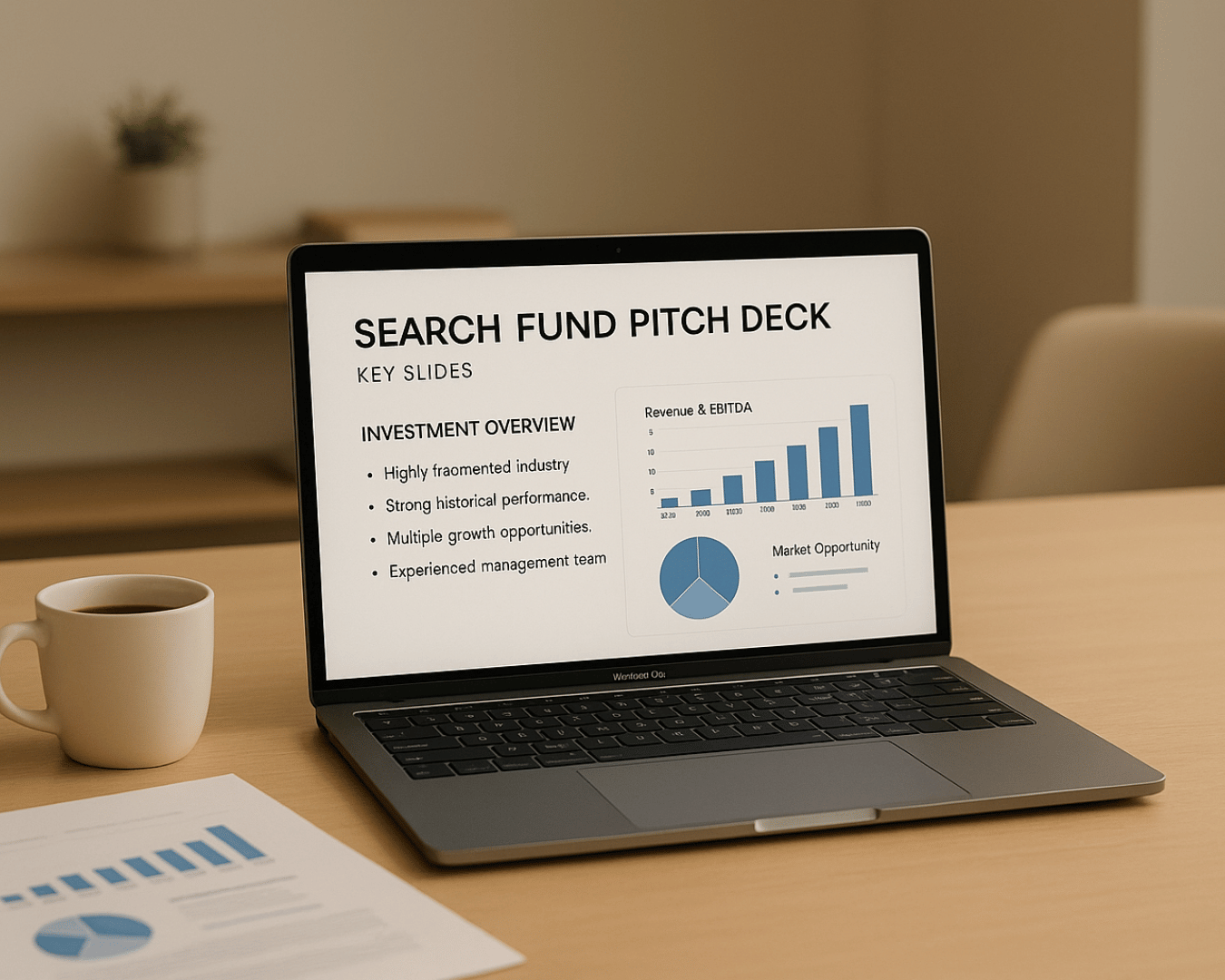

























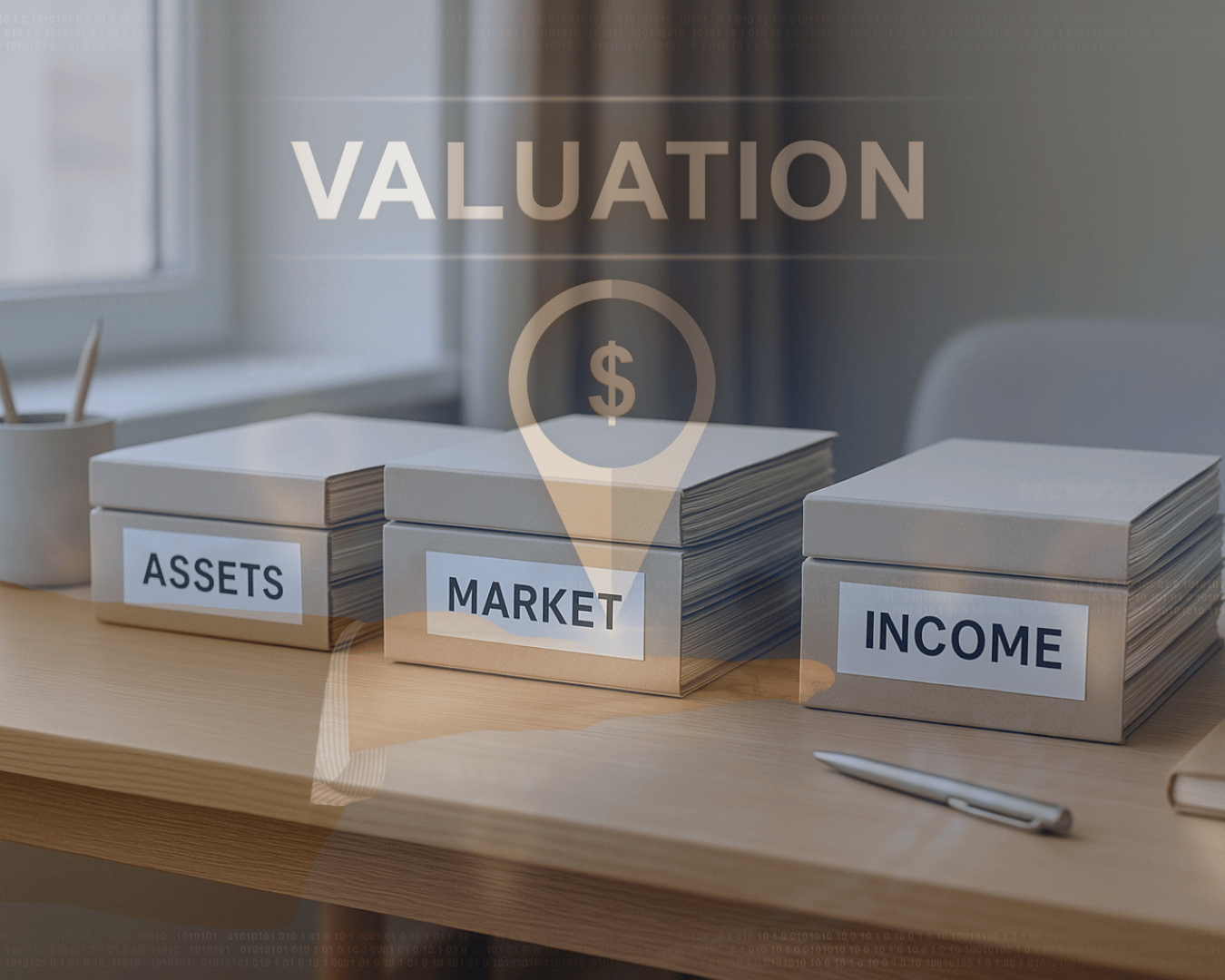


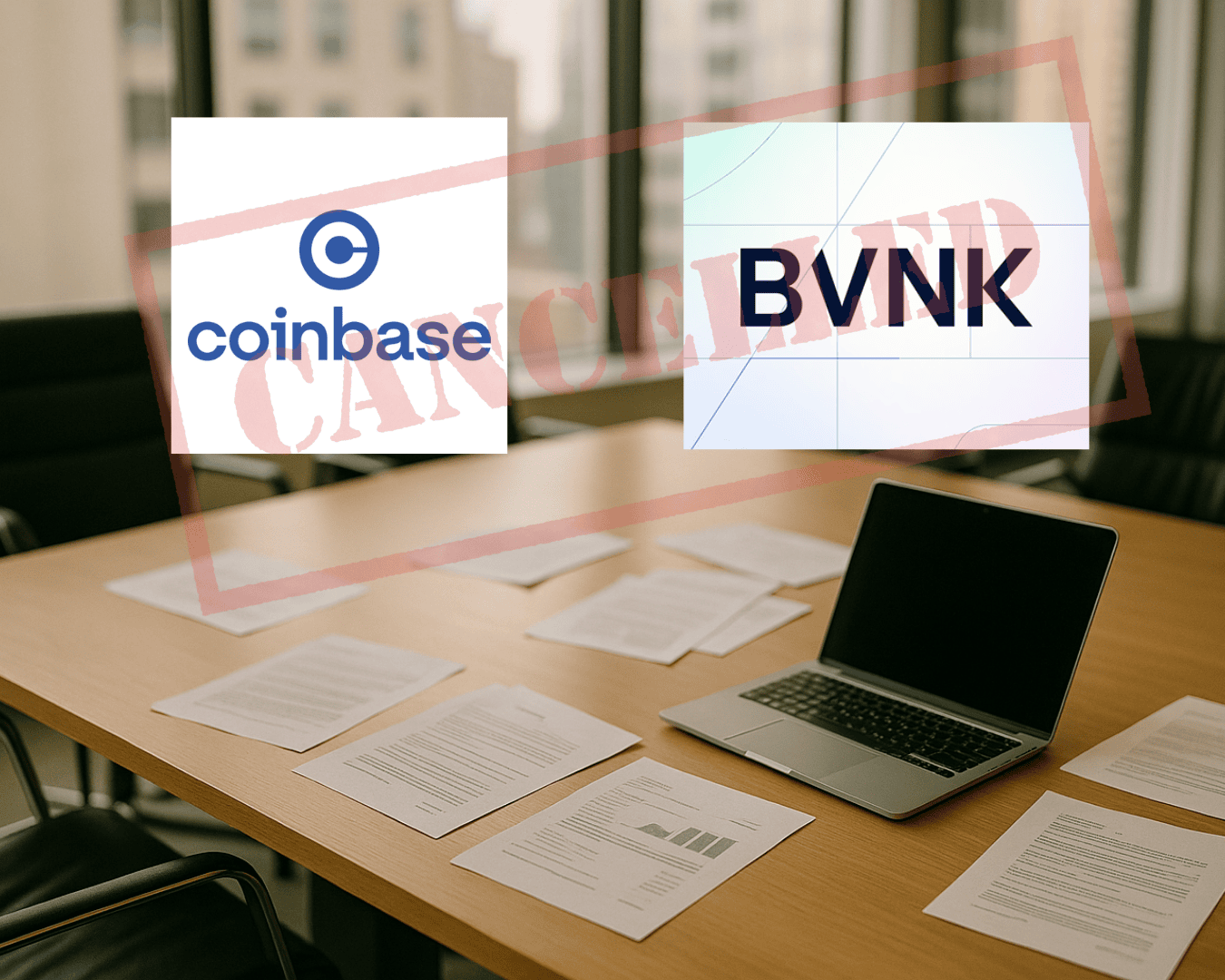









.png)

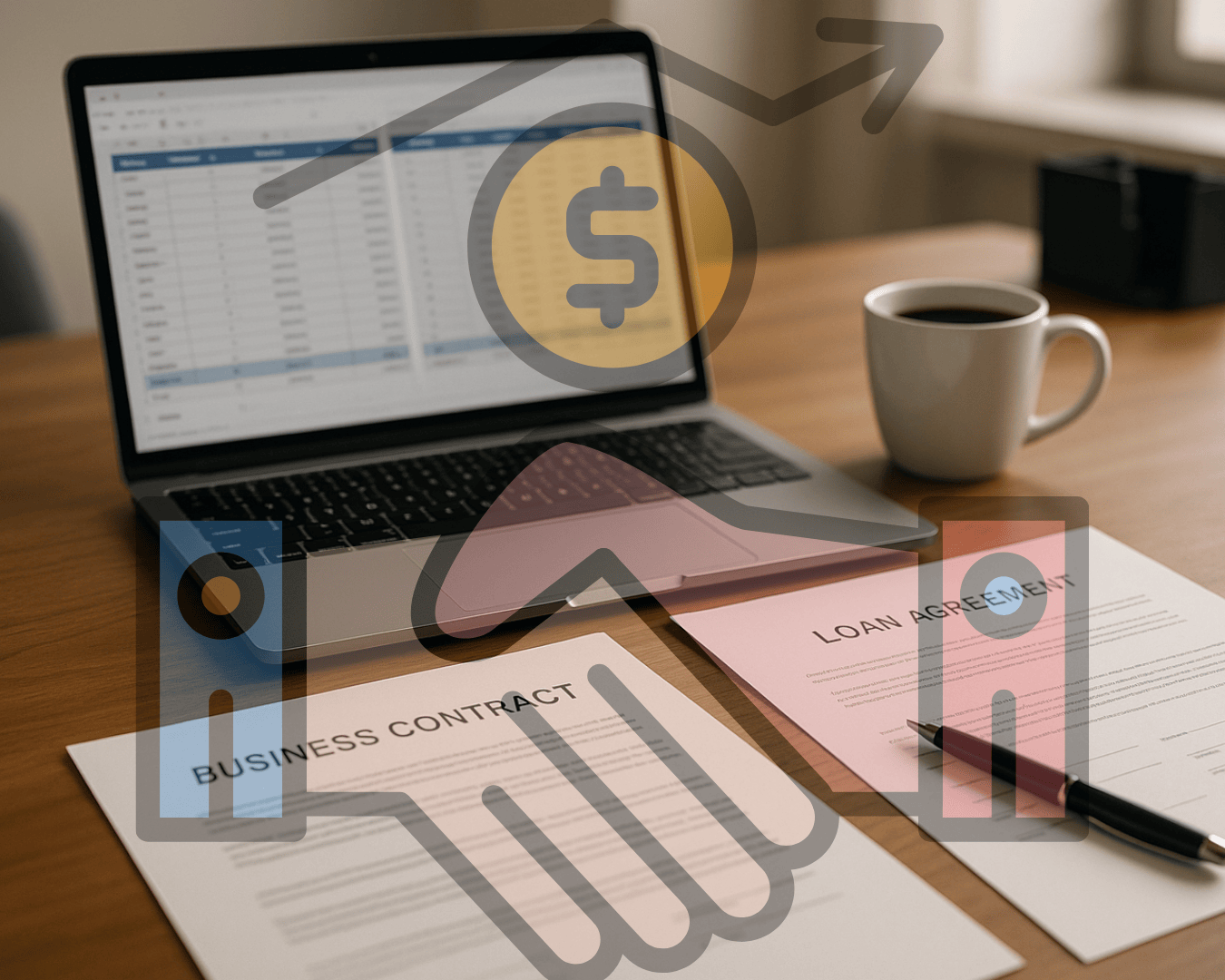



















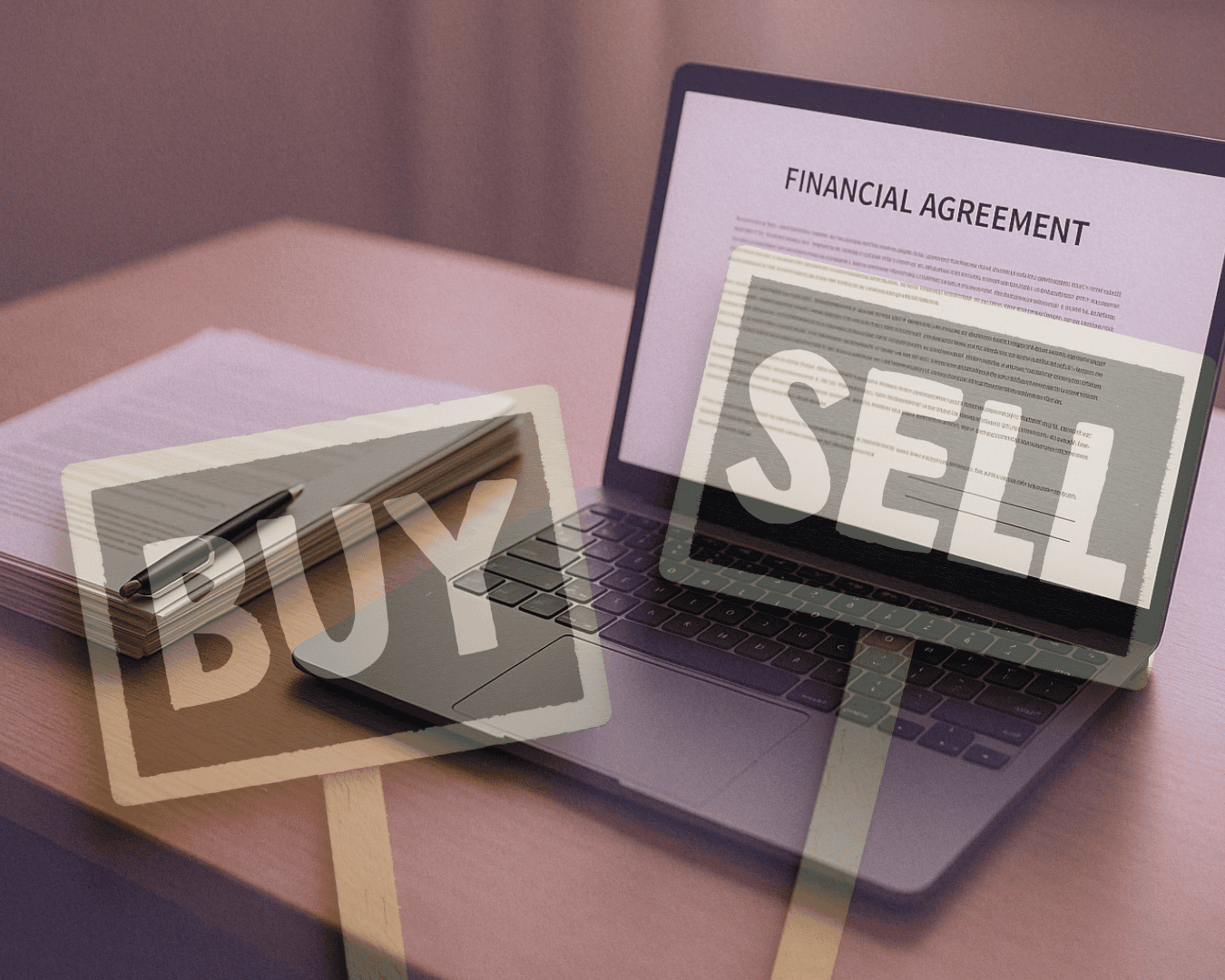
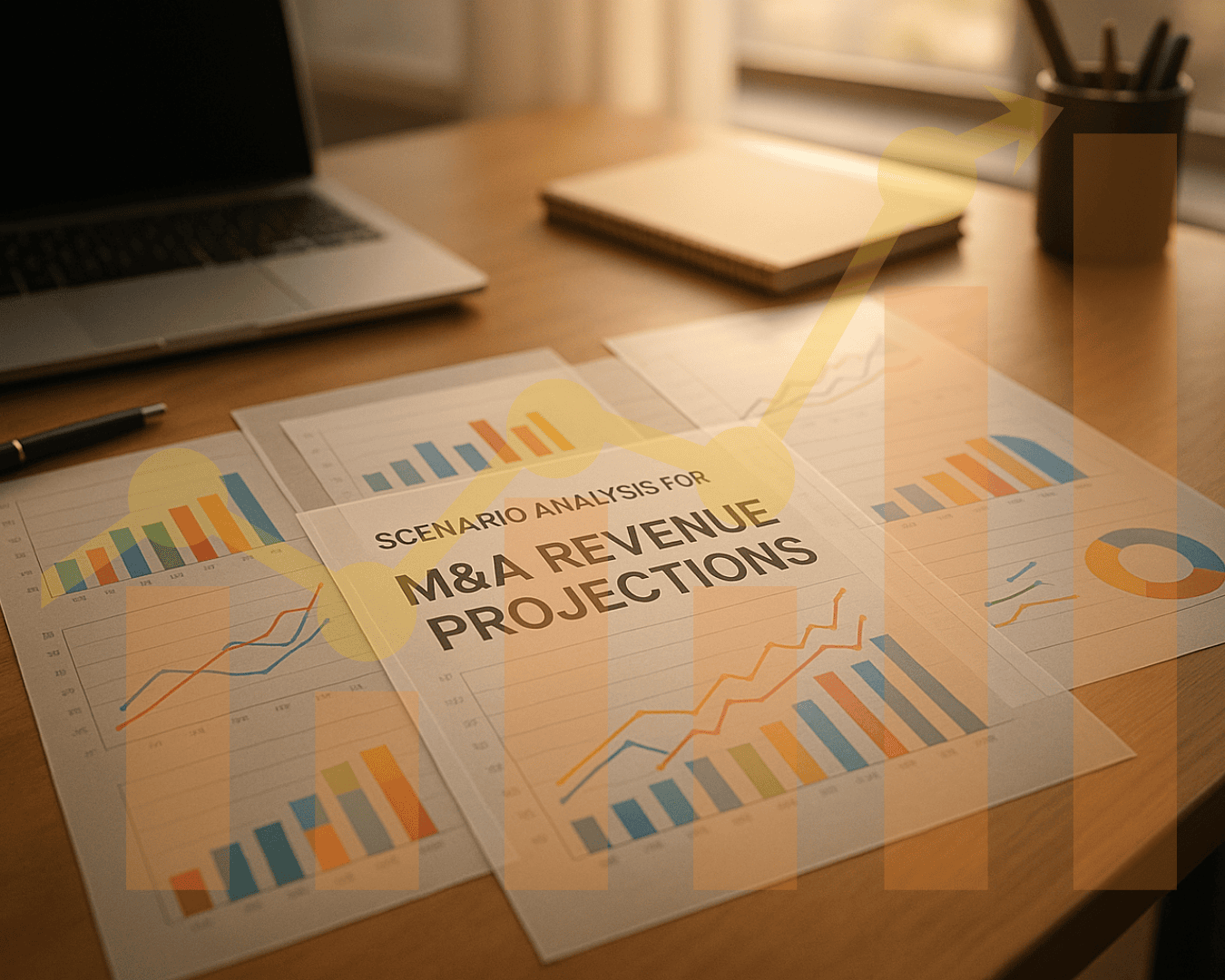
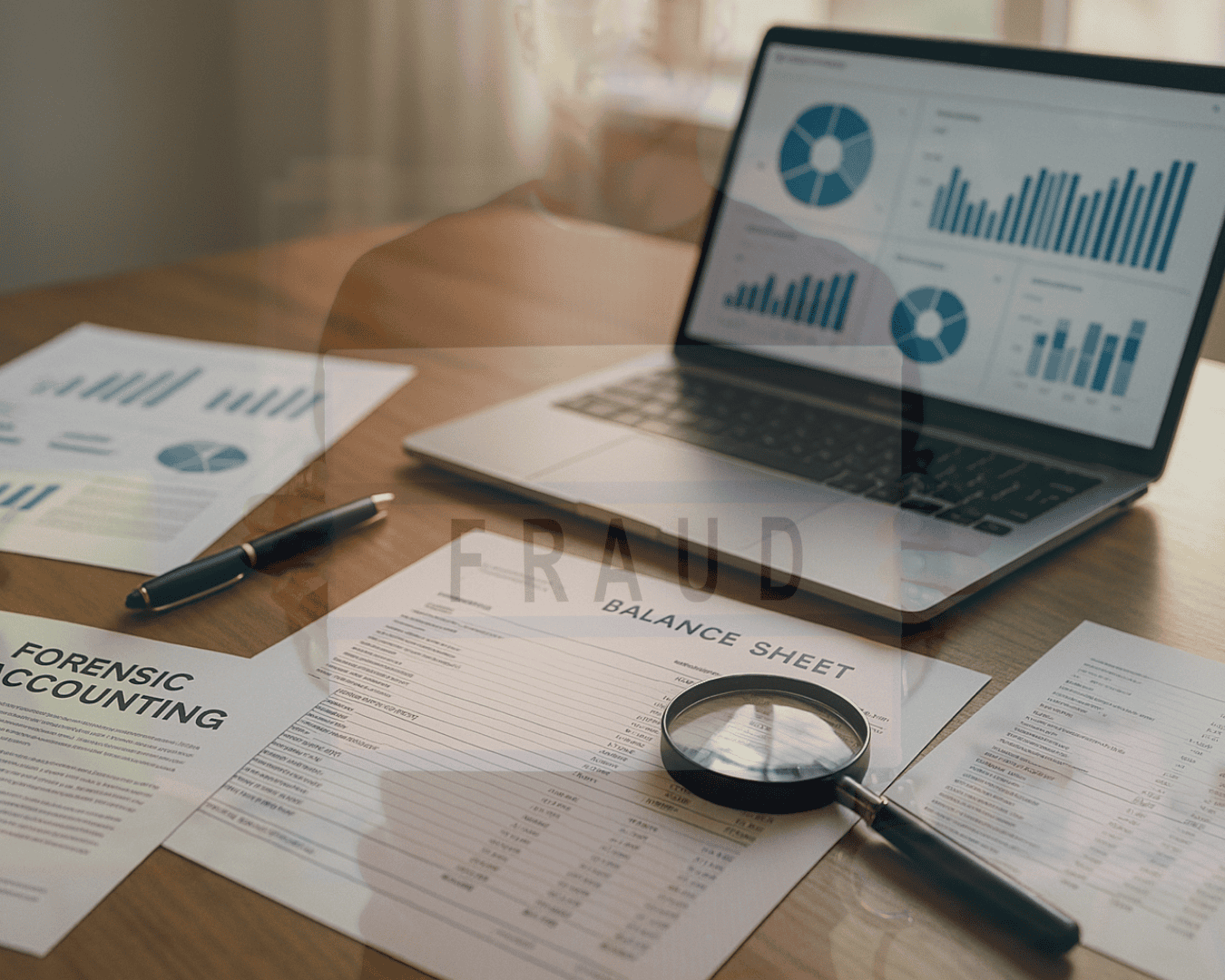




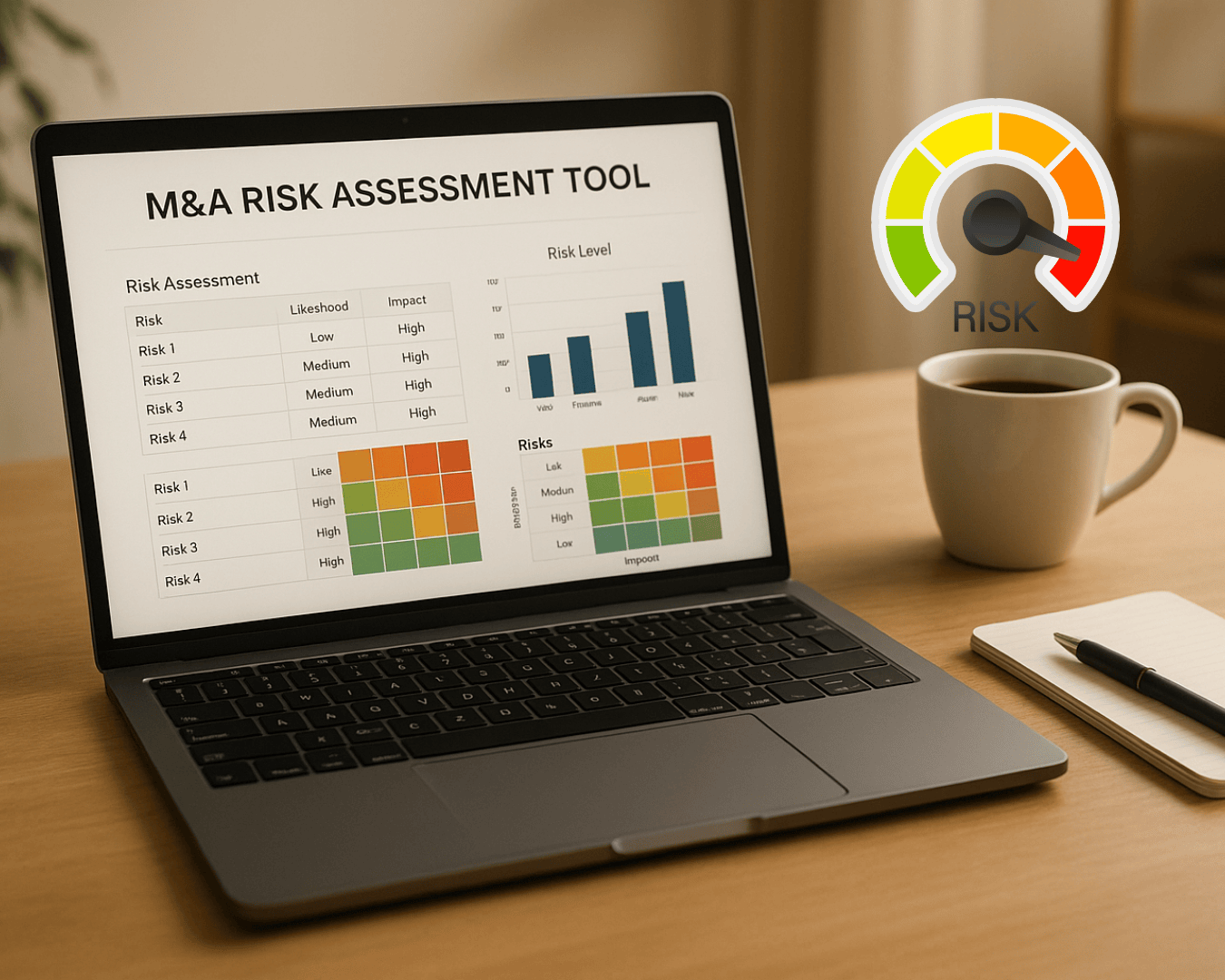











%20Loan%20Application%20Checklist.png)
